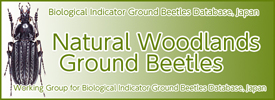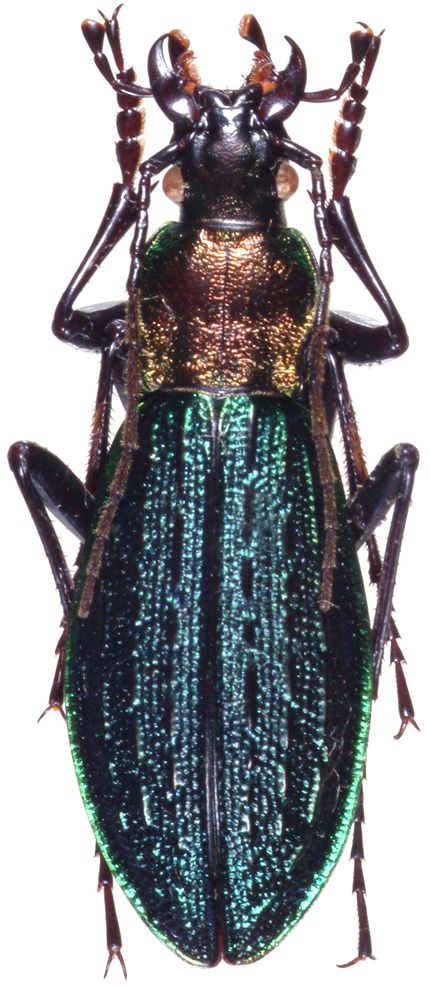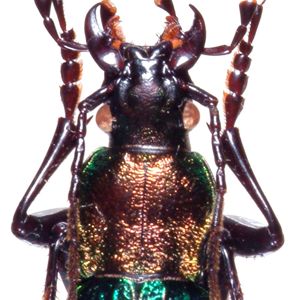| Ecology |
mountain (East Japan Research Group of Carabid Beetles 1989, Kimoto and Yasuda 1995), grassland (Higashi et al. 1983), mixed forest (East Japan Research Group of Carabid Beetles 1989, Kimoto and Yasuda 1995), bamboo grass community (East Japan Research Group of Carabid Beetles 1989), grassland in flatland (East Japan Research Group of Carabid Beetles 1989), near wet zone environment (East Japan Research Group of Carabid Beetles 1989), coastal Quercus dentata forest (East Japan Research Group of Carabid Beetles 1989), forest zone (Kimoto and Yasuda 1995), Pinus pumila community (East Japan Research Group of Carabid Beetles 1989, Kimoto and Yasuda 1991, Kimoto and Yasuda 1995), snowy wet grassland of the alpine region (Kimoto and Yasuda 1990, Kimoto and Yasuda 1995), Betula ermanii forest (East Japan Research Group of Carabid Beetles 1989, Kimoto and Yasuda 1991, Kimoto and Yasuda 1994, Kimoto and Yasuda 1990, Kimoto and Yasuda 1995), Picea jezoensis and Betula ermanii forest (Kimoto and Yasuda 1991), higher mixed forest (Kimoto and Yasuda 1990, Kimoto and Yasuda 1994, Kimoto and Yasuda 1995), coniferous forest (East Japan Research Group of Carabid Beetles 1989, Kimoto and Yasuda 1994, Kimoto and Yasuda 1995), marshland in mixed forest (Kimoto and Yasuda 1995), generally larva, and adult (Sota 1985a), from late summer to autumn (East Japan Research Group of Carabid Beetles 1989), snail (Sota 1985a), hibernating in soil (East Japan Research Group of Carabid Beetles 1989), hibernating in decayed wood (East Japan Research Group of Carabid Beetles 1989) |
| Remarks |
subspecies: ssp. kolbei, ssp. munakataorum, ssp. yasudai, ssp. kuniakii, ssp. kosugei, ssp. hidakamontanus, ssp. mitsumasai, ssp. hanatanii, ssp. aino, ssp. futabae, ssp. taikinus, ssp. yubariensis, ssp. nitidipunctatus |
 |
| 






